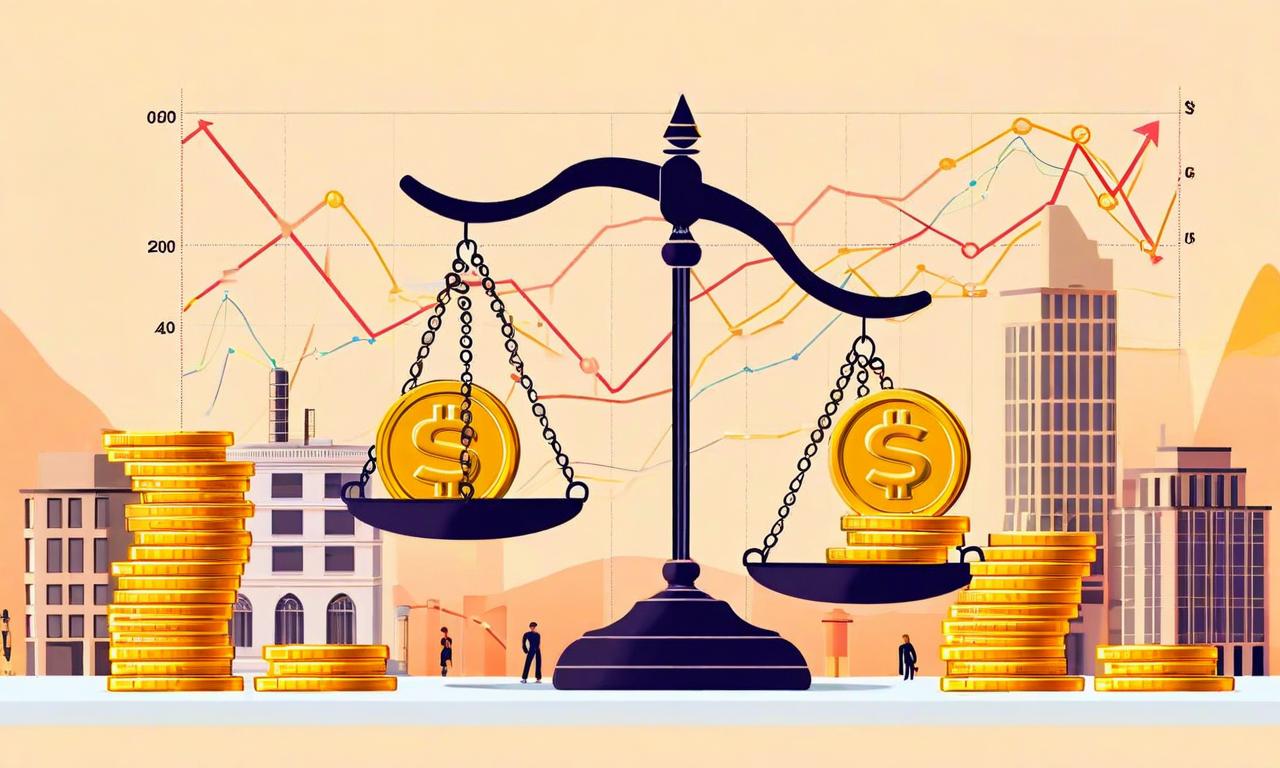Fed's Miran Urges Faster Rate Cuts Amid US-China Trade Tensions
Federal Reserve Governor Stephen Miran calls for more urgent interest rate cuts due to escalating US-China trade tensions. China's new restrictions on rare earth mineral exports and President Trump's threat of 100% tariffs on Chinese imports have increased downside risks to the U.S. economic outlook. Miran argues for faster monetary policy adjustment, suggesting current policy may be too restrictive. The Fed recently cut rates by 0.25 percentage points and is expected to make another cut at the upcoming October meeting, with a target range of 3.75%-4.00%. Miran expresses less concern about near-term inflation, potentially allowing for faster rate reductions. Despite tensions, diplomatic discussions between the US and China continue.

*this image is generated using AI for illustrative purposes only.
Federal Reserve Governor Stephen Miran has called for more urgent interest rate cuts in response to US-China trade tensions, citing increased downside risks to the economic outlook. This development comes as China announced new restrictions on rare earth mineral exports, prompting a strong reaction from the United States.
Trade Tensions and Economic Risks
The escalation in US-China trade relations has created a new set of challenges for the U.S. economy:
- China implemented new restrictions on rare earth mineral exports
- President Trump threatened 100% tariffs on Chinese imports in response
- These actions have introduced fresh downside risks to the economic outlook
Federal Reserve's Stance
Governor Miran argues that these developments may necessitate a faster adjustment of monetary policy towards a more neutral stance:
- The Fed cut rates by 0.25 percentage points in a recent meeting
- Another rate cut is expected at the upcoming October 28-29 meeting
- The target range is anticipated to be 3.75%-4.00%
Miran's Position
Governor Miran has taken a strong stance on monetary policy:
- He previously advocated for a larger 0.50 percentage point cut
- He maintains that current monetary policy may be too restrictive
- Miran expresses less concern about near-term inflation, suggesting potential room for faster rate reductions
Current Economic Climate
| Aspect | Details |
|---|---|
| Recent Fed Action | 0.25 percentage point rate cut |
| Next Expected Action | Another rate cut at October 28-29 meeting |
| Target Range | 3.75%-4.00% |
| Miran's Preference | Faster and potentially larger rate cuts |
| Inflation Concern | Lower, potentially providing flexibility for rate reductions |
Ongoing Diplomacy
Despite the heightened tensions, Treasury Secretary Scott Bessent noted that discussions between the US and China are ongoing. This suggests that diplomatic channels remain open, even as economic measures are being implemented by both sides.
The situation remains fluid, with potential implications for global trade, economic growth, and monetary policy. As these events unfold, the Federal Reserve's decisions on interest rates will be closely watched by markets and policymakers alike.





























